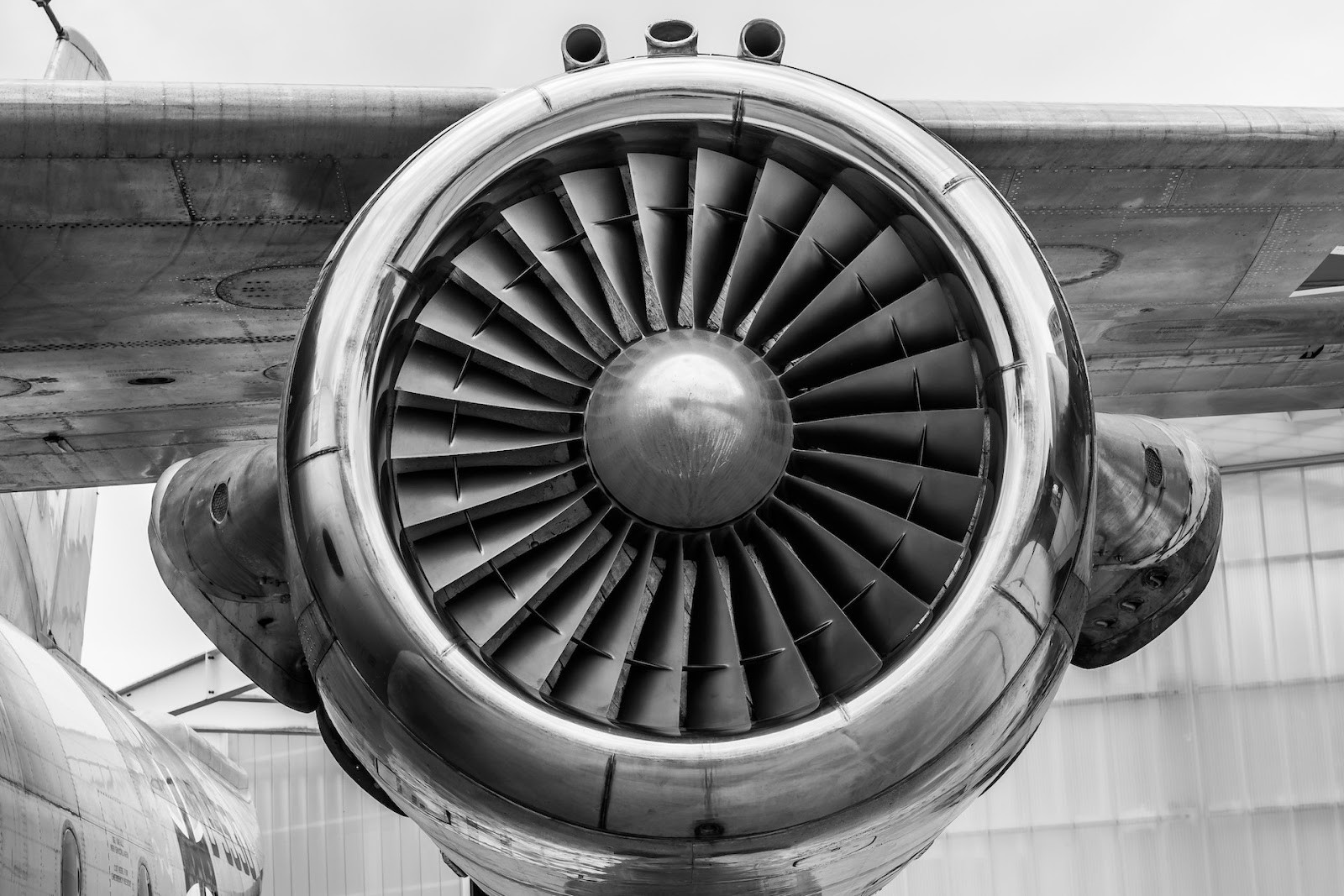How to Remove Paint, Rust, Grease & Scale in MRO Aviation
Cleaning processes in aviation MRO are an integral part of ensuring safety and extending the life of aircraft components. Parts should be cleaned regularly in order to prevent corrosion from salt deposits or other oxides, gulling, or scale.
However, cleaning and paint or coating removal can also be important for other reasons:
- Maintaining turbine efficiency
- Reducing fire hazards
- Allowing thorough inspections of underlying parts
- Preparing a damaged surface for fresh paint or coatings
- Improving the overall appearance of the aircraft
The primary methods for removing paint, rust, oxides, grease, gulling, and scale from an aircraft include the following:
Aqueous Cleaning
Rinsing with aqueous cleaning solutions can assist in breaking down and dislodging grease, soils, or other contamination and also help in preventing re-adherence to the substrate. A solution may consist of some combination of water, surfactants, detergents, and other additives.
While this can be done with a spray of the aqueous solution, the most efficient way is generally to bathe components in an immersion tank filled with the cleaning solutions.
Chemical Stripping With Acids
Chemical stripping is similar to aqueous cleaning, except that rather than removing grease or contamination from the part with detergents, you can use strong acids that will fully dissolve and remove specific coating types, such as plasma spray coatings.
Immersion in a bath of ferric chloride, citric acid, nitric acid, phosphoric acid, or other types of chemicals can be alternated with removal from the bath and rinsing until a sufficient number of repetitions have degraded the coating into a soft residue that is easily removed by mechanical methods.
Solvent Wiping
Manual wiping with cleaning solvents (such as acetones) can be a precision solution when the cleaning is targeted for a limited area of contamination and disassembly or treatment of the whole part would be inefficient.
A solvent-wiping process can be an effective pre-treatment and surface preparation before painting or application of a coating, ensuring a clean and contaminant-free surface. Degreasing in this fashion is sometimes required before another cleaning, stripping, or finishing process can be completed.
Abrasive/Grit Blasting
Abrasive blasting methods are ideal as a cleaning and paint/coating removal process that scrapes away dirt, grease, rust, and damaged surface coatings while leaving behind a clean and contaminant-free surface. This involves accelerating a particulate media — aluminum oxide, plastic grit, sand, steel shot, or another particle — at a surface to remove material in a mechanical fashion with a series of rapid impacts.
There are both “wet” and “dry” blasting methods that use, respectively, a powerful spray of media-filled liquid or simply compressed air to accelerate the grit toward the substrate. Wet blasting also cleans the surface through water propulsion, but dry blasting may be preferable if you intend to gather and filter debris from the surface.
MRO Aviation Solutions at MFT
Preview the full list of aviation MRO capabilities we offer here, or get in touch with our MRO experts to discuss your specific needs regarding the cleaning and removal of grease, rust, scale, or coatings from flight-critical parts. MFT takes pride in a prompt 24-hour turnaround for all quotes on MRO aviation work and best-in-class service with a reputation for high-quality results.

